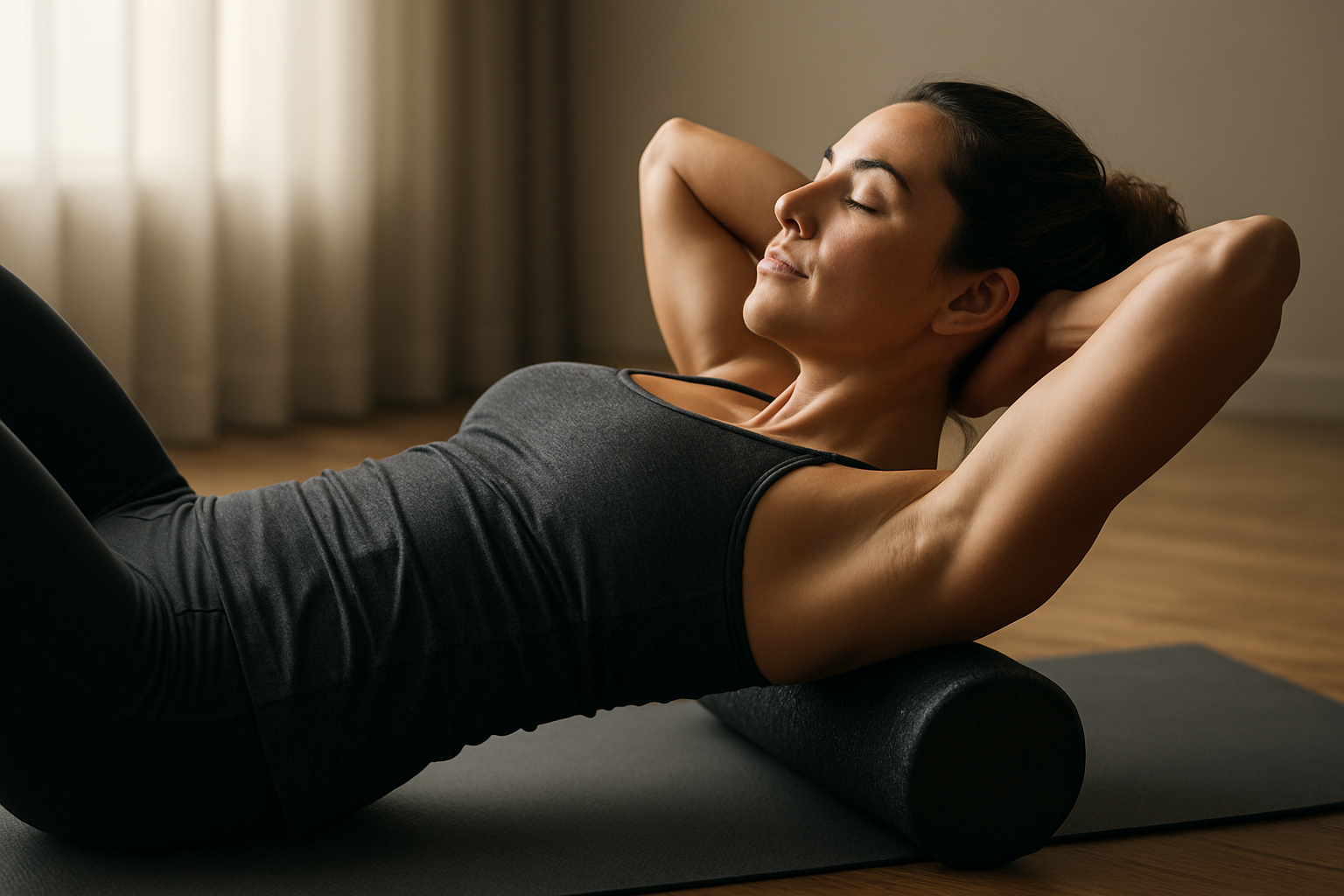Daily skincare and movement routines for sustainable wellbeing
Daily habits that combine simple skincare and consistent movement can support long-term wellbeing. This article outlines practical routines for skin health, mobility, strength, nutrition, recovery, hydration, sleep, and mindful grooming to help you build sustainable daily practices.

Daily care that balances skincare with purposeful movement creates a foundation for sustainable wellbeing. Rather than chasing quick fixes, consistent small actions—cleansing and protecting the skin, moving to maintain mobility, and supporting the body with proper nutrition and hydration—lead to measurable improvements over time. This approach treats grooming and fitness as complementary: skin-friendly habits reduce irritation and inflammation, while regular mobility and strength work supports posture and endurance for everyday life.
This article is for informational purposes only and should not be considered medical advice. Please consult a qualified healthcare professional for personalized guidance and treatment.
Skincare and grooming
A straightforward daily skincare routine centers on gentle cleansing, targeted hydration, and sun protection. In the morning, use a mild cleanser and a lightweight moisturizer that supports your skin type; add a broad-spectrum SPF for daytime protection. Evening routines can include a deeper cleanse and a richer moisturizer or a retinoid if appropriate for your skin. Grooming habits such as regular trimming, gentle exfoliation once or twice weekly, and avoiding harsh products help preserve the skin barrier. Consistent routines reduce irritation and create a stable environment for skin recovery and long-term health.
Mobility and flexibility
Mobility and flexibility practices help maintain joint health, range of motion, and daily function. A short daily sequence of dynamic movements—leg swings, shoulder circles, hip openers—takes five to ten minutes and prepares the body for workouts and tasks. Incorporate static stretching after activity to support flexibility; focus on commonly tight areas like hips, hamstrings, chest, and calves. Regular mobility work enhances posture and reduces injury risk, allowing you to move with more ease and confidence throughout the day.
Posture and recovery
Good posture reduces strain on muscles and joints and supports respiratory and digestive function. Daily posture checks, ergonomic adjustments for sitting and standing, and brief posture-focused exercises (planks, scapular squeezes) help maintain alignment. Recovery practices are equally important: adopt active recovery like walking or gentle yoga, and use tools such as foam rollers or massage to ease muscle tension. Prioritizing recovery prevents overuse and supports sustainable progress in strength and mobility goals without chronic fatigue or pain.
Nutrition, hydration, and supplements
Nutrition fuels skin repair, muscle function, and overall wellbeing. Aim for a balanced intake of protein, healthy fats, and complex carbohydrates plus a variety of vegetables and fruits for micronutrients. Hydration supports skin elasticity and athletic performance—maintain steady fluid intake through the day rather than large boluses. Supplements can fill specific gaps, such as vitamin D, omega-3s, or protein supplements when diet alone is insufficient, but they should complement, not replace, whole foods. Consult a healthcare professional before starting new supplements to ensure safety and appropriate dosing.
Strength, endurance, and workouts
A combined approach to strength and endurance supports functional fitness. Two to four weekly resistance sessions help build muscle and improve metabolic health; include compound moves like squats, rows, presses, and hip hinges. Supplement with endurance activities—brisk walking, cycling, or interval training—to enhance cardiovascular capacity and stamina. Scale workouts to your level, gradually increasing intensity to avoid plateaus. Balance load and recovery to preserve joint health and maintain consistent progress toward greater strength, endurance, and daily energy.
Sleep, mindfulness, and wellness
Sleep and mindfulness are central to recovery and sustained wellbeing. Aim for consistent sleep duration and a calming pre-sleep routine to support restorative processes that benefit skin repair, hormone balance, and cognitive function. Daily mindfulness practices—breathwork, short meditation, or mindful walking—reduce stress, which otherwise can affect skin conditions and recovery. Integrating small, regular practices for mental calmness contributes to long-term wellness and helps maintain motivation for skincare, movement, and nutrition habits.
In summary, sustainable wellbeing emerges from regular, integrated routines that address skincare, movement, nutrition, and rest. Prioritize simple, repeatable habits: protect and hydrate the skin, move to preserve mobility and strength, eat and hydrate mindfully, and allow time for recovery and mental rest. Over months and years, these consistent actions support healthier skin, improved posture and endurance, and greater overall wellness without relying on dramatic interventions.





